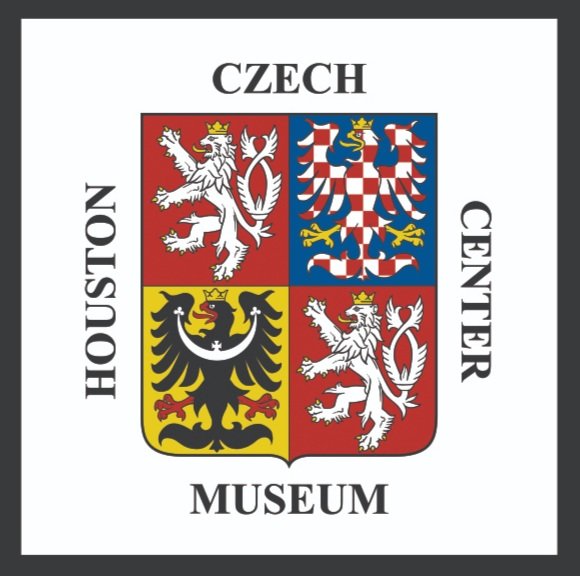ZvĂkov Castle is one of many Bohemian structures to stand the test of time, beginning in the early 1200s. Although it survived many wars, it succumbed to one of them, being conquered and vandalized before getting used as a farming area and being damaged by a fire. However, future land owners restored ZvĂkov Castle, which eventually made it one of the oldest and most well-preserved castles in the Czech Republic. Lastly, there are legends of various entities inside the castle.
History of °˛ą°ů±ôšłŮ±đÂá˛Ô
°˛ą°ů±ôšłŮ±đÂá˛Ô Castle was built by Bohemian King and Holy Roman Emperor Charles IV to house holy relics and the crowns of the kingdom and empire. °˛ą°ů±ôšłŮ±đÂá˛Ô Castle consists of three different levels, those being the Imperial Palace, the Marian Tower, and the Great Tower. Throughout the castle, °˛ą°ů±ôšłŮ±đÂá˛Ô housed many jewels and precious stones, symbols of royal authority and legitimate monarchy. °˛ą°ů±ôšłŮ±đÂá˛Ô Castle remains a cultural, historical, and architectural icon in central Europe and the Czech Republic.
OldĹ™ich °łÜ±ôłóá˛Ô±đ°ě and the Czech Koruna
OldĹ™ich °łÜ±ôłóá˛Ô±đ°ě was a Czech artist and critic of the Communist Regime best known for his work on designing the current Czech banknotes. His career began in 1958 at the Academy of Arts, Architecture and Design in Prague. During his young life, his politically motivated art would get him arrested and the art almost destroyed since he negatively portrayed Communist leaders. After the collapse of the Soviet Union, OldĹ™ich °łÜ±ôłóá˛Ô±đ°ě was once again free to express his views through his art and was tasked with designing the bills of the Czech Koruna.
Houska Castle
Houska Castle is a castle located in the Liberec region of the Czech Republic. The castle was built in the Gothic style during the second half of the 13th century, and later underwent a Renaissance modification in the late 1500s. This castle is particularly famous for the folklore, which is that it is built over a pit meant to be the entrance to Hell. Besides the folklore, the actual purpose of Houska Castle was to serve as an administrative center for Ottokar II’s royal estates.
Charles IV: King of Bohemia and the "Romans"
Charles IV’s efforts helped to elevate the city of Prague to new heights, establishing it as the intellectual and cultural center of Central Europe. Yet, his reign was marked by political disagreements and failures to centralize the government. One major, yet brief, threat to Charles IV’s authority came from Louis IV, the excommunicated emperor Charles IV replaced. Another major aspect of Charles IV’s authority was the elevation of Prague as a major player on the world stage for centuries to come.
Pilgrimage Church of St. John of Nepomuk
The Czech Republic's Communist-Era Architecture
For the Communist countries in Eastern Europe, the necessary rebuilding following World War II was accomplished in the construction style that the Soviet Union popularized. As a result of this period, the Czech Republic has many buildings and monuments that differ significantly from the historic ones surrounding them, serving as a reminder of its Communist era.
Five Czech Towns to Visit
With twelve UNESCO World Heritage Sites, four awe-inspiring national parks, and literally thousands of castles, there is much to see in the Czech Republic beyond the beautiful city of Prague. Today, we’ve compiled a short list of five towns that definitely warrant the trip next time you visit the country.
Prague's St. Vitus Cathedral
Prague Castle is one of the biggest tourist attractions in the city. This complex is the largest in the world, and people from around the world visit to marvel at the site. Inside the castle complex lies St. Vitus Cathedral, the biggest cathedral in the Czech Republic and a wonder of Gothic architecture.













